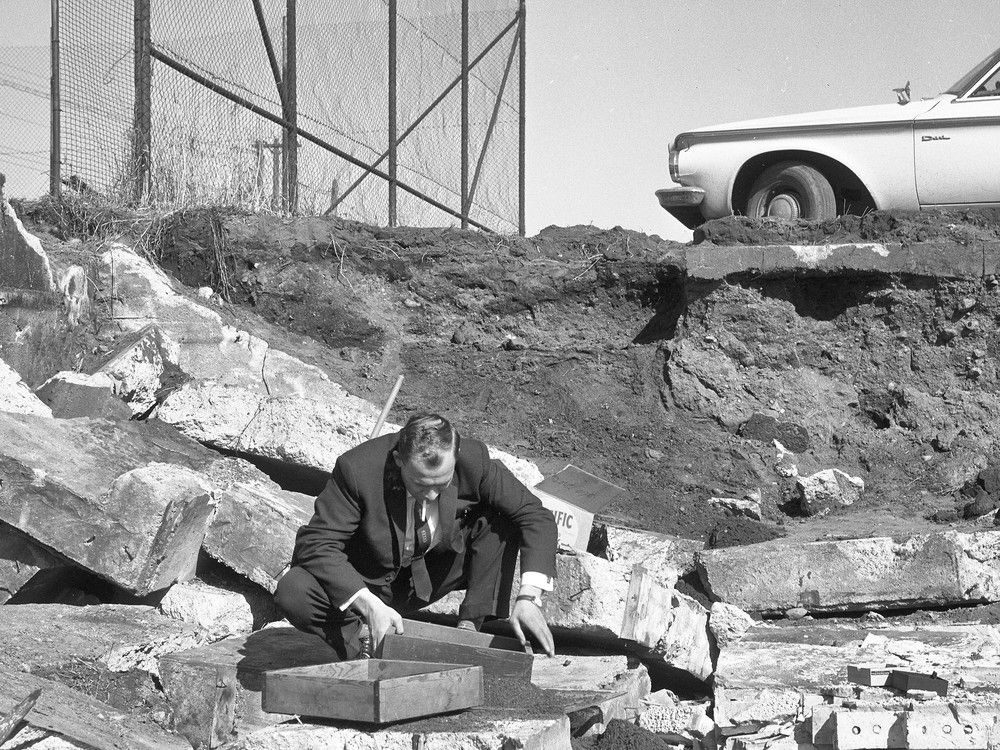
On July 11, 2008, the then King Gyanendra held a press conference at Narayanhiti Palace to announce his abdication and formally returned the royal crown – symbolising it as the people's heritage – to the people. Abolition of the monarchy and declaration of republic were seen as the new dawn for Nepal's all-round development. Except for a small segment of the society, no one paid attention to him and his activities for the next few years.
People were exasperated with the bad governance that was built on the foundations of state-sponsored corruption, nepotism and oligarchy, even during the direct rule of the king. King Gyanendra had an opportunity to establish good governance and eliminate corruption after his unprecedented enthronement following the tragic palace massacre. Instead, he relied on corrupt and timeworn figures to carry out his rule.

As Gyanendra Shah was not groomed to be a king, his reign became a textbook example of bad governance that led to his abdication and finally to the abolishment of longstanding monarchy in Nepal. People expected that the political parties would uplift the political, social and economic standing of the country post monarchy. Even a party responsible for a decade-long violent insurgency, that claimed over 17,000 lives, was graciously welcomed into mainstream politics in the spirit of national progress.
Unfortunately, throughout the 17 years post monarchy, the political leaders became engrossed in a ruthless power struggle, while corruption, nepotism and oligarchy reached unprecedented levels. As a result, Nepal's international standing declined, and the country was grey-listed twice by the Financial Action Task Force (FATF) due to economic mismanagement. Fast forward to March 9, 2025 – former King Gyanendra was welcomed by a huge mass upon his return to Kathmandu from Pokhara.
The scene stood in stark contrast to 17 ago when he left the royal palace – dejected, defeated and alone. The ongoing resurgence of King Gyanendra's reputation is a direct result of the people's growing mistrust in the mainstream political parties. It is high time for the mainstream political leaders to retrospect their past performances, acknowledge their recurring blunders, and take corrective measures before public discontent escalates further.
Monarchy was abolished in Nepal under the pretext that it was the primary obstacle to the country's progress. However, rather than improving, Nepal's situation deteriorated across various international indicators. The past seventeen years have undeniably been a period of lost potential.
As a result, former King Gyanendra has recently received overwhelming support from a section of public that turned out to be a brief triumph for the abdicated monarch. However, the demonic actions his supporters displayed on March 28 during the so-called third People's Movement have shattered his hopes of regaining the throne anytime soon. The main obstacle between him and the crown is the layer of his frontline supporters that is filled with opportunists – cunning, tested and failed individuals most of whom once thrived under the republicanism, enjoying governmental power while championing secularism and federalism.
The abdicated king seems to replicate the same blunder that he had made during his previous reign by appointing obsolete, tested and failed individuals to lead his government. The appointment of forgotten politician from the Panchayat era, Nabraj Subedi, to initially lead and coordinate the pro-monarchy movement was definitely a suicidal move. The chaos unleashed by the unruly mob in the Tinkune area on March 28 has severely tarnished the cause of former King Gyanendra.
Appointing the controversial and brash figure Durga Prasai – a hardcore bank defaulter – to lead the protest has placed the royalist movement on the back foot. The unrestrained protesters resorted to arson, vandalism and looting across various locations, including media houses and private properties, resulting in two fatalities. Prasai himself was seen in a state of frenzy, driving his vehicle over security barricades.
The mob, claiming to restore the monarchy, was utterly uncontrollable. The selection of controversial and tarnished individuals to lead the pro-monarchy movement is not only a grave blunder but sheer stupidity of former King Gyanendra and his coterie. After the mayhem on March 28, the recent political developments demand a strategic, inclusive and decisive response from pro-republican political parties, state institutions, intellectual community and pro-monarchy activists.
Instead, pro-republican political parties and their leaders are provoking monarchists with controversial and inflammatory statements. These developments have set a perfect stage for a volatile confrontation that will not benefit the nation. The imprudence and incompetence of political leaders are the triggers that had fueled the growing public support for former King Gyanendra, which seems to have slightly faded down after the repulsive activities of the violent royalist mob on March 28.
However, the stage for a longstanding political upheaval has already been set. Hence, now is the time for the first- and second-tier political leaders to step aside voluntarily, allowing honest, capable and fresh talents from the third and subsequent tiers to step forward and offer a rational solution to the nation's prolonged political instability. Unfortunately, this shift does not seem imminent, and the country appears to be headed towards a dark tunnel of uncertainty.
The pro-monarchy protest has already transformed into an unruly and violent mob. For the destitute people and well-wishers of Nepal, it is a matter of wait and see and hope for the best. pushpa.
[email protected].















